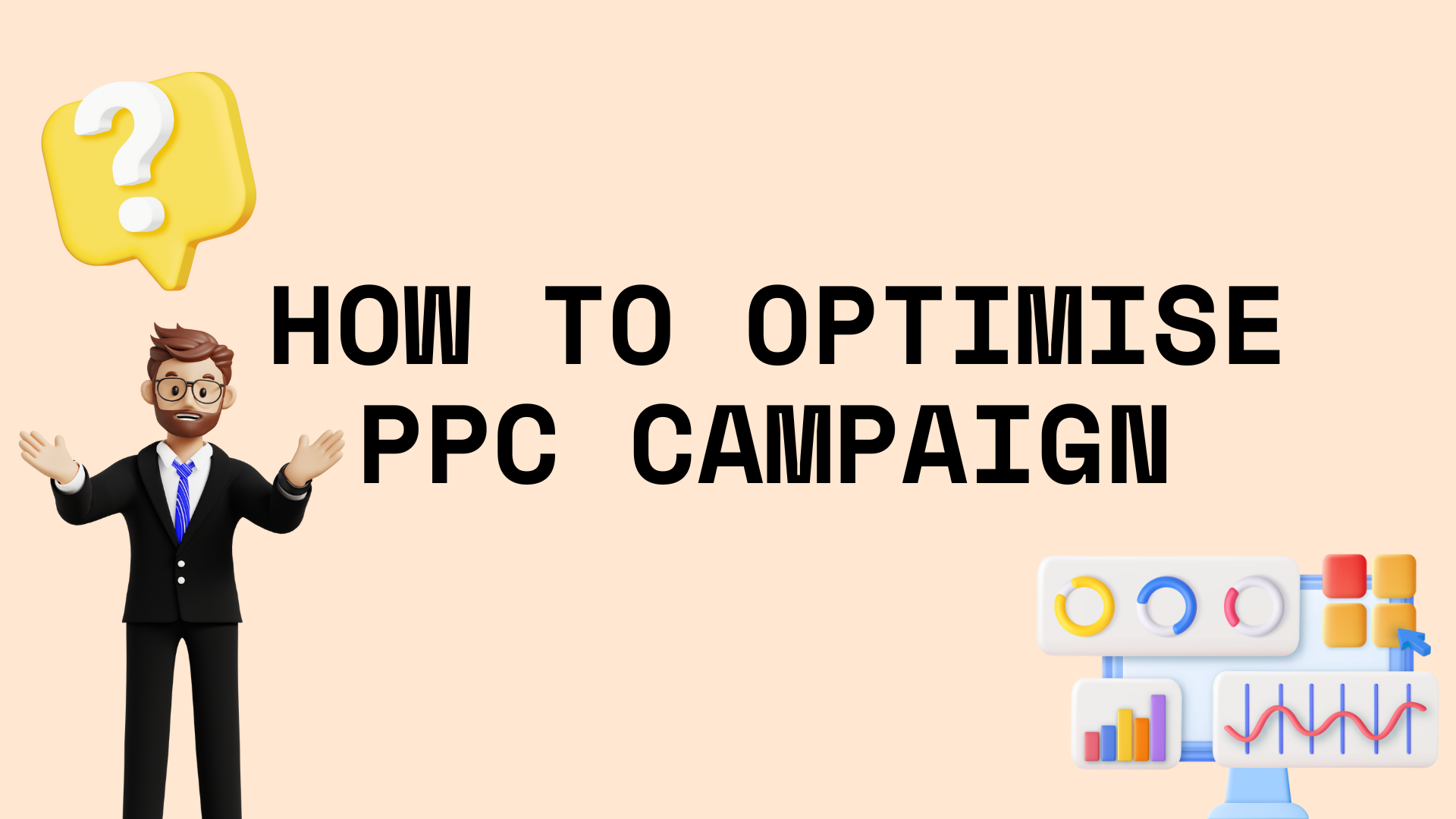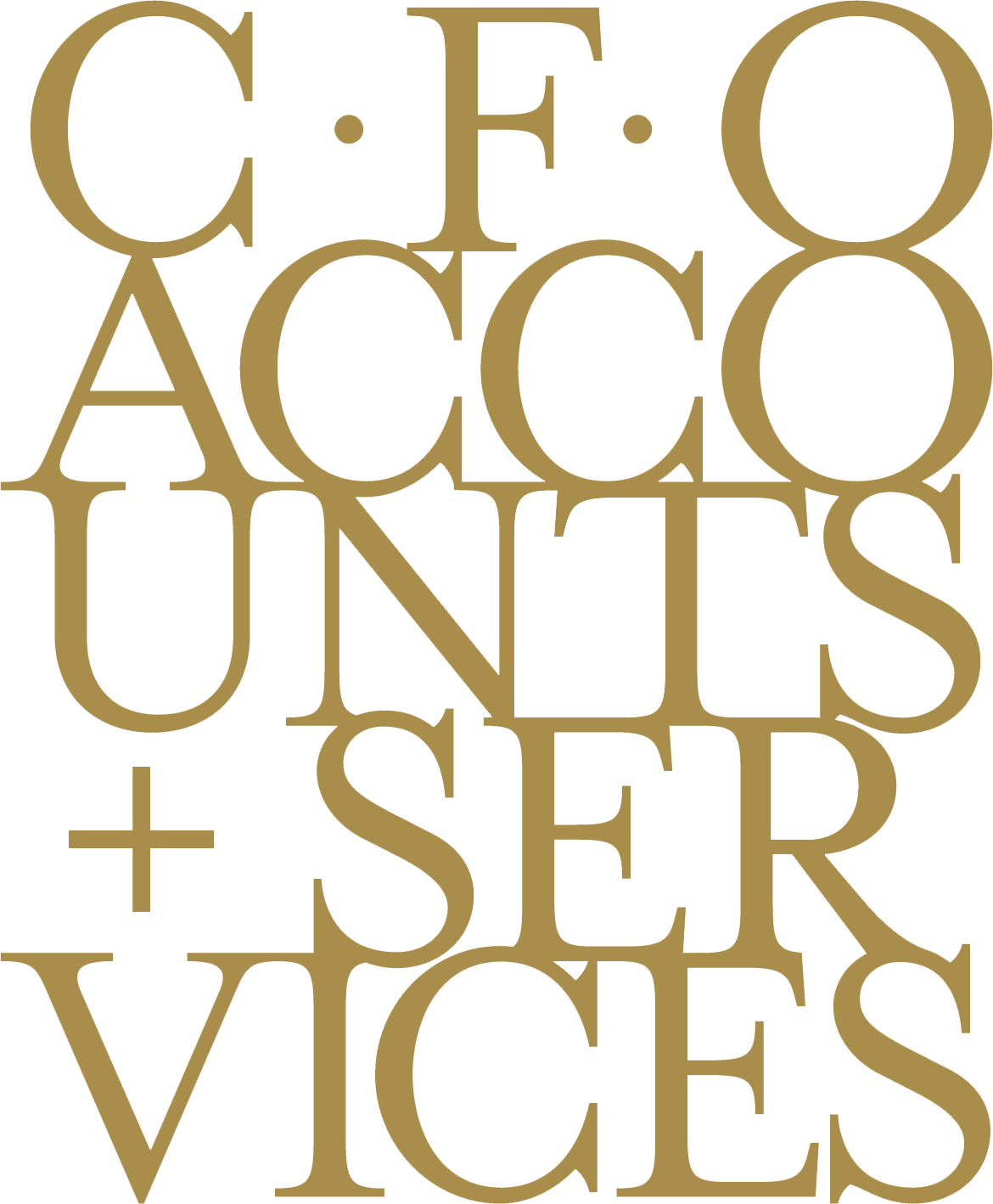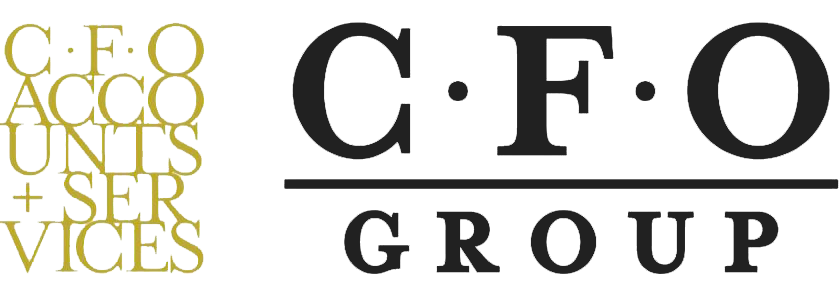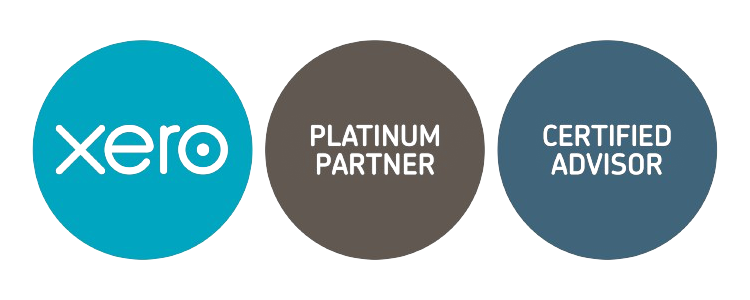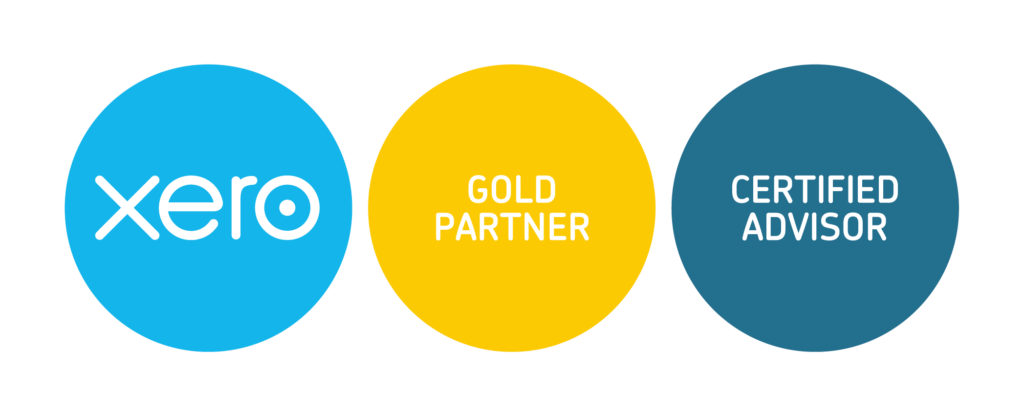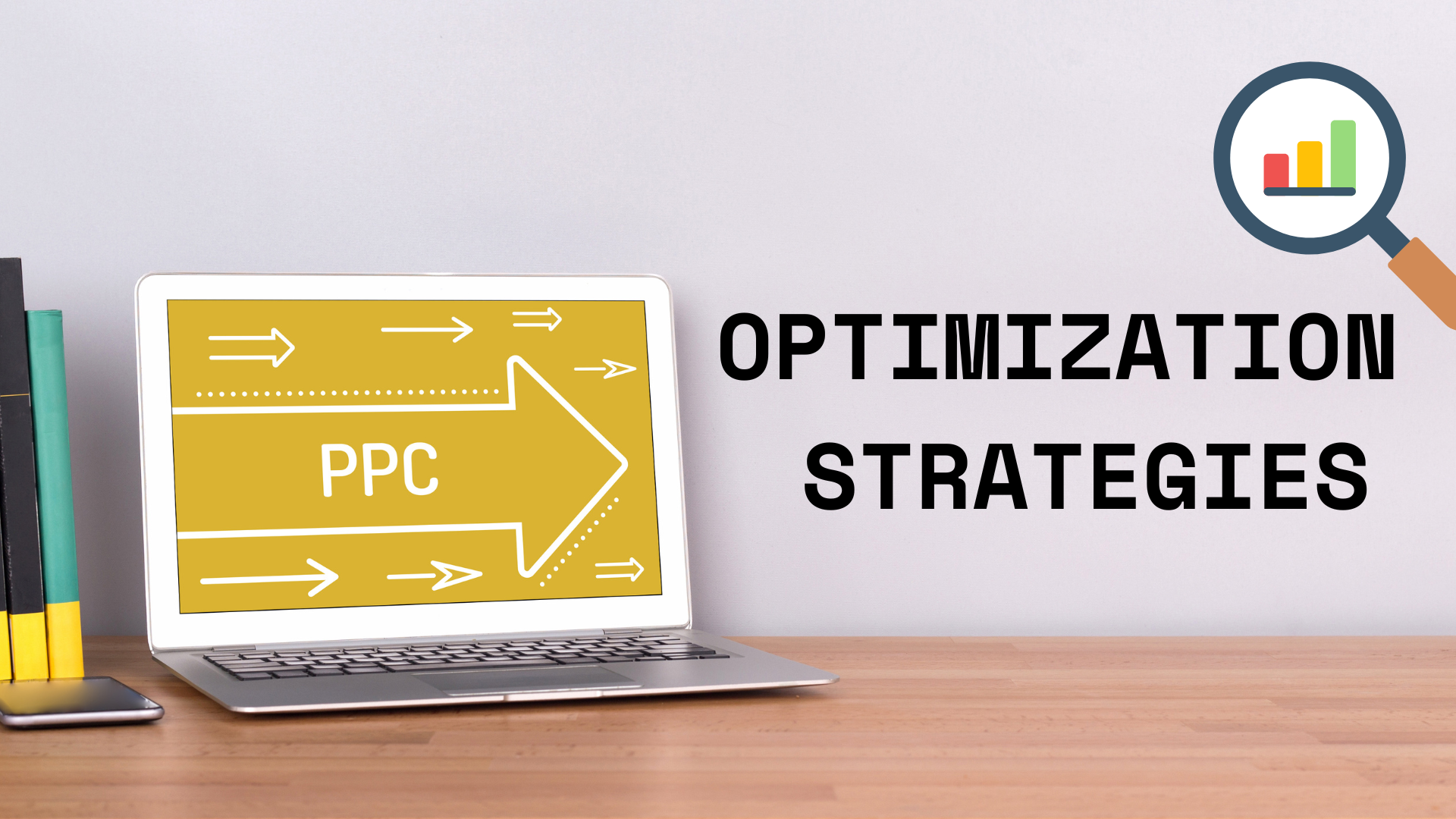CFO GROUP INTEGRATED SERVICES
Essential Guide: How to Optimise PPC Campaign for Maximum Results
CMO Media Lab Pte Ltd • February 11, 2025
What is pay-per-click (PPC) advertising?
Pay-per-click (PPC) advertising is a performance-based digital marketing strategy where brands pay only when users click on their ad. This model ensures that businesses are charged based on actual engagement rather than just impressions, making it a cost-effective way to drive targeted traffic.
The primary goal of PPC advertising is to direct potential customers to a brand’s landing page or website, either to increase brand awareness or generate leads. Businesses can attract users actively searching for relevant products or services by strategically bidding on keywords and optimizing ad content, improving conversion rates.
While PPC can include banner ads displayed on various websites, the most common and practical format is text-based ads that appear on search engines like Google. These search ads are triggered by specific keywords, ensuring they reach users with high intent. Thus, PPC is a powerful tool for businesses looking to maximize their online presence and return on investment.
Benefits of PPC Marketing
1. Reach New Customers and Boost Online Presence
PPC marketing allows businesses to instantly appear in front of potential customers, increasing visibility and driving targeted traffic to their website. Unlike organic methods, PPC provides immediate results, making it a powerful strategy for online growth.
2. Generate High-Quality Leads for Better Conversions
PPC attracts users who are actively searching for related products or services by targeting specific keywords and audience segments. These high-intent leads can be nurtured through the sales funnel, improving the chances of conversion.
3. Reduce Customer Acquisition Costs (CPA)
PPC campaigns can be optimized through precise targeting, bidding strategies, and ad performance improvements. By refining these factors, businesses can lower their cost per acquisition (CPA) while maximizing their return on investment (ROI).
The Power of PPC: Why Regular Optimization is a Must for Success
1. Maximizing Return on Investment (ROI)
Regular optimization ensures your budget is spent effectively, reducing wasted ad spend and increasing conversions. By refining targeting, bidding strategies, and ad creatives, businesses can achieve higher ROI.
2. Improving Ad Relevance and Quality Score
Search engines like Google assign a Quality Score based on ad relevance, landing page experience, and expected CTR. Optimizing your ads frequently helps improve this score, leading to lower costs per click (CPC) and better ad placements.
3. Enhancing Audience Targeting
By analyzing campaign data and refining targeting settings, businesses can reach the right audience segments more precisely. This helps improve engagement and reduce irrelevant clicks.
4. Adapting to Algorithm Updates
Platforms like Google Ads frequently update their algorithms. Regular optimizations ensure compliance with best practices, preventing ad performance from declining due to unexpected changes.
5. Refine Targeting with Search Terms & Negative Keywords
Regularly updating search terms ensures your ads target high-intent queries, boosting CTR and conversions. Negative keywords prevent wasted spending by filtering out irrelevant searches—excluding cheap or free-for-premium products. Continuously analyzing search term reports helps refine targeting, eliminate inefficiencies, and maximize PPC ROI.
The Future of PPC: Optimization Strategies You Can’t Ignore
1. Keyword Research and Ads Targeting.
Leverage Audience Insights for High-Impact Ad Copy
Harness audience data to craft hyper-personalized ad copy that resonates with different segments of your market. Engagement soars when your messaging speaks directly to their needs and pain points, leading to stronger connections and higher conversion rates. Understanding search volume and audience behavior can help you fine-tune your messaging for maximum impact.
Optimize Your Keyword Strategy for Maximum Relevance
Utilize robust keyword research tools like Google Ads Keyword Planner to uncover a broad range of relevant keywords based on search volume and user intent. Start with general keywords, then dive into more specific ones to capture niche opportunities. Focus on bidding for keywords that encapsulate your buyer's intent while ensuring your bids align with performance goals. Additionally, conducting thorough keyword research helps identify negative keywords to filter out irrelevant traffic—ensuring only genuinely interested users engage with your ad.
Maximize Performance with Google’s Responsive Search Ads (RSAs)
Take advantage of Google’s machine learning by inputting multiple relevant keywords into RSAs, allowing the platform to test and optimize ad combinations in real-time dynamically. This approach enhances ad relevance and increases keyword bid efficiency, ensuring that your ads consistently reach high-intent users while maintaining strong engagement.
Upgrade Your Ad Creatives with Interactive & Engaging Formats
Go beyond static ads by utilizing rich media, compelling images, and high-quality videos to capture attention. Enhancing your creativity with interactive elements—like countdown timers—creates urgency and drives immediate conversions. Pairing thorough keyword research with engaging creatives ensures that your ad attracts the right audience and compels them to take action. The more engaging your ad, the better your chances of turning prospects into loyal customers.
2. Ad Copy and Extension Optimization
Optimize Ad Copy for Higher Click-Through Rates (CTR)
Well-crafted ad copy is the foundation of a high-performing PPC campaign. To maximize your CTR, conversion rate, and overall ROI, follow these key strategies:
- Craft persuasive messaging – Speak directly to your audience’s needs, highlight key benefits, and differentiate your offer.
- Align ad copy with landing pages – Ensure consistency between your ad text and landing page to improve Quality Score and user experience.
- Test variations based on search intent – Users search differently, so experiment with multiple ad variations to determine what resonates best.
- Use strong CTAs and unique offers. Action-driven CTAs like "Claim Your Free Trial" or "Get 20% Off Today" encourage clicks and conversions.
Leverage Ad Extensions for More Visibility & Engagement
Ad extensions provide additional space for your ads, making them more informative, engaging, and actionable. Offering more ways to interact with your business helps increase ad visibility and improve user engagement.
- Location Extensions – Show your business address to attract local customers.
- Sitelink Extensions – Direct users to specific landing pages like product categories, pricing, or contact pages.
- Call Extensions – Enable users to call directly from the ad, improving lead generation for service-based businesses.
- Structured Snippets – Highlight key product features, service categories, or business offerings to add more context.
- Promotion Extensions – Showcase discounts, limited-time offers, or special deals to drive urgency and boost CTR.
A/B Test Ad Copy and Visuals for Continuous Improvement
Optimizing PPC ads is an ongoing process, and A/B testing (split testing) is a crucial strategy for finding the most effective ad elements. By continuously experimenting with variations, you can refine your messaging and visuals for better performance.
- Test headlines and descriptions – Experiment with urgency, value-driven, question-based, or benefit-focused messaging to see what resonates best.
- Compare CTAs and offers – Try variations like “Get a Free Quote” vs. “Start Your Free Trial” or “20% Off Today” vs. “Free Shipping” to boost engagement.
- Experiment with visuals – Test different images, colors, and videos to determine which creative elements drive the highest conversions.
- Use Google Ads’ A/B testing – Leverage built-in tools to split-test ad variations in real time and optimize performance based on data.
3. Landing Page Optimization
Optimize your website for conversions.
- Align ad and landing page content—To create a seamless user journey, ensure consistency between your ad messaging and landing page.
- Eliminate confusion – Clearly define the next steps with persuasive copy, intuitive visuals, and action-driven CTAs that guide users toward conversion.
Craft High-Converting Landing Pages
- Turn clicks into conversions – A well-designed landing page maximizes the value of each visitor by reinforcing your offer and simplifying the decision-making process.
- Match content to ad intent – Use your ad's exact keywords and messaging to maintain relevance and improve user experience.
Ensure Mobile-Friendliness for Better Results
- Capture mobile users – With mobile shopping on the rise, optimizing smartphone PPC campaigns ensures you don’t miss out on valuable conversions.
- Create a smooth experience – Fast load times, responsive design, and mobile-friendly CTAs help drive engagement and reduce drop-offs.
4. Bidding and Budgeting Strategies
Evaluate Your Bidding Strategy for Maximum ROI
Choosing the right bidding strategy is crucial for maximizing ROI in your PPC campaigns. Regularly assess whether your current automated bidding approach aligns with your goals: Target CPA, Target ROAS, or Maximize Conversions. Additionally, leveraging Responsive Search Ads (RSAs) allows Google’s machine learning to test different ad variations and optimize bids based on performance, improving overall efficiency.
Use Smart Bidding to Scale PPC Results
Google Ads' Smart Bidding is a powerful tool for optimizing bids based on real-time data. This strategy automatically adjusts bids by weighing paid search ad costs against the revenue they generate, ensuring that your ad spend is directed toward high-value conversions. To further enhance Smart Bidding, integrating call-tracking solutions allows you to capture offline conversions, helping refine bid strategies and maximize return on ad spend.
Allocate Budget to High-Performing Campaigns
Google Ads distributes your daily budget evenly across all active campaigns, regardless of their performance. To optimize your spending, conduct regular A/B testing to identify underperforming ads and ad groups. Eliminating these low-performing elements ensures that more of your budget is allocated to high-converting ads, ultimately driving better results without increasing overall ad spend.
5. Targeting and Retargeting
Target Prospective and Returning Customers
People often click on an ad to explore a product or service, marking the beginning of their buyer’s journey. However, most prospects don’t convert immediately—they require multiple interactions with a brand before deciding.
This is why retargeting is crucial. You increase brand recall and improve conversion rates by continuously engaging with potential customers who have previously shown interest. Effective PPC campaigns ensure that these returning users see relevant ads that reinforce your brand’s value and encourage them to take action.
Review Audience Targeting for Better Results
To maximize ad performance, your audience targeting strategy should be regularly refined to focus on users most likely to convert. Each ad group should be tailored to meet your target audience's needs, interests, or pain points.
If your targeting is too broad, you may waste ad spend on unqualified traffic; if it’s too narrow, you risk missing potential leads. Reviewing and adjusting your audience settings helps ensure your ads reach the right people at the right time, ultimately improving engagement and ROI.
Use Remarketing to Re-Engage Potential Customers
Remarketing is a powerful way to reconnect with users who have interacted with your business but have yet to convert. By creating segmented ad groups like website visitors, cart abandoners, or previous customers, you can tailor messages to user behaviors.
Adjusting remarketing lists based on business goals ensures that your ads remain relevant and compelling. A well-executed remarketing strategy increases the chances of converting warm leads into loyal customers by keeping your brand in front of them throughout their decision-making process.
Conversion Tracking and Analytics
1. Check Your Conversion Tracking for Accurate Data
Proper conversion tracking is crucial for PPC optimization, helping you measure key actions like purchases and sign-ups. Regularly reviewing your setup within your Google Ads account ensures accurate data, prevents wasted budget, and improves decision-making for a successful PPC campaign.
2. Track Phone Call Conversions and Key Metrics
Phone call tracking reveals which ads drive inbound calls, providing insights into customer behavior and lead quality. Understanding call origins—whether from search engines, landing pages, or direct visits—helps optimize ad spending and improve engagement, making your PPC campaign more effective.
3. Use Auto-Tagging for Easier Tracking and Analysis
Google Ads' auto-tagging attaches a Google Click Identifier (GCLID) to URLs, linking conversions to specific ads and keywords. This feature allows search engines and analytics tools to track online and offline conversions, giving you a clearer picture of your PPC optimization efforts.
Testing and Iteration
1. A/B Test PPC Campaigns for Continuous Improvement
A successful PPC campaign relies on constant A/B testing to refine ad performance. Best practices include creating an ad, testing it with a target audience, and analyzing metrics. Adjusting elements like headlines, links, copy, or keywords ensures continuous PPC optimization and better engagement with search engines.
2. Track KPIs for Better Performance
Regularly monitoring key performance indicators (KPIs) in your Google Ads account—such as CTR, conversion rate, cost per acquisition, and cost per click—helps measure success. Analyzing these metrics allows for strategic adjustments, ensuring your PPC campaign stays cost-effective and high-performing.
3. Use Automation Rules to Streamline Your PPC Campaign
Leverage automation rules within your PPC platform to optimize bids, pause underperforming keywords and manage budgets efficiently. Automating routine tasks improves scalability and allows for more innovative, data-driven decisions, making your PPC campaign more effective while saving time.
Common PPC Mistakes to Avoid Optimize PPC Campaigns
1. Focusing Too Much on Traffic Instead of Conversions
Many advertisers assume that more clicks = better results. But high traffic without conversions is just wasted ad spend. Instead, optimize for high-intent keywords, conversion tracking, and compelling CTAs to turn clicks into sales.
2. Sending Visitors to a Poorly Designed or Slow Website
Even the best ad copy won’t work if your landing page is slow, unresponsive, or lacks a clear CTA. Google factors landing page experience into ad rankings, affecting your position in search engine results. A slow site increases bounce rates and reduces conversions—so optimize speed, mobile-friendliness, and user experience.
3. Ignoring Negative Keywords
Failing to add negative keywords means your ads could appear for irrelevant searches, draining your budget. For example, if you sell premium software, you don’t want traffic from searches that include “free” or “cheap.” Regularly updating your negative keyword list ensures you filter out unqualified clicks and improve PPC performance.
4. Not Using Ad Extensions
Ad extensions (like site links, callouts, and structured snippets) improve ad visibility and CTR, yet many advertisers overlook them. Extensions provide more real estate on search engine results pages (SERPs), making your ads more clickable and informative.
5. Not Optimizing for Mobile Users
Over 60% of paid search traffic comes from mobile. If your landing page isn’t mobile-friendly, you’ll lose conversions. Ensure your pages load fast, have easy navigation, and have a mobile-optimized CTA.
Maximize Your PPC Success with Smart Optimization
Running a successful PPC campaign requires more than launching ads and hoping for results. It’s about making strategic decisions at every stage, from keyword selection and audience targeting to ad copy and landing page experience.
These files help structure internal links, essential pages, and external URLs. They also act as a roadmap for crawling bots for web crawlers, ensuring no page goes unnoticed.
A well-optimized campaign doesn’t just attract clicks—it drives meaningful actions that contribute to business growth. By avoiding these pitfalls and staying proactive in campaign management, you can create a PPC strategy that delivers sustainable, high-quality results over time.
Take Action with CMO Media Lab’s Google Ads Solutions
At CMO Media Lab, we handle everything—from campaign setup to optimization—so you can focus on running your business while we drive high-quality traffic to your site.
The benefits don’t stop there. Google Ads provides instant visibility, allowing you to reach potential customers exactly when they’re searching for your products or services. Whether you’re a small business or an enterprise, our tailored ad strategies ensure maximum ROI, helping you attract, engage, and convert the right audience with precision.
But here’s the kicker: the longer you rely on organic reach alone, the more opportunities you miss. Without a data-driven Google Ads strategy, you risk losing leads to competitors dominating search results.
Don’t let uncertainty hold you back. Let us help! Schedule your free consultation today, and let’s build a high-converting campaign that drives real business growth.
Your success starts now—let’s launch your Google Ads campaign!
